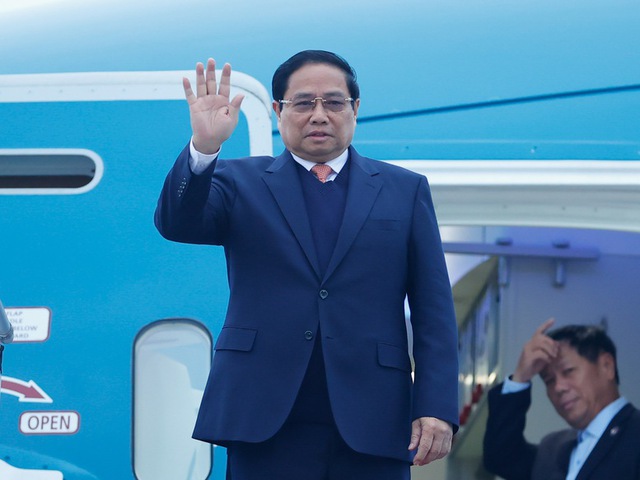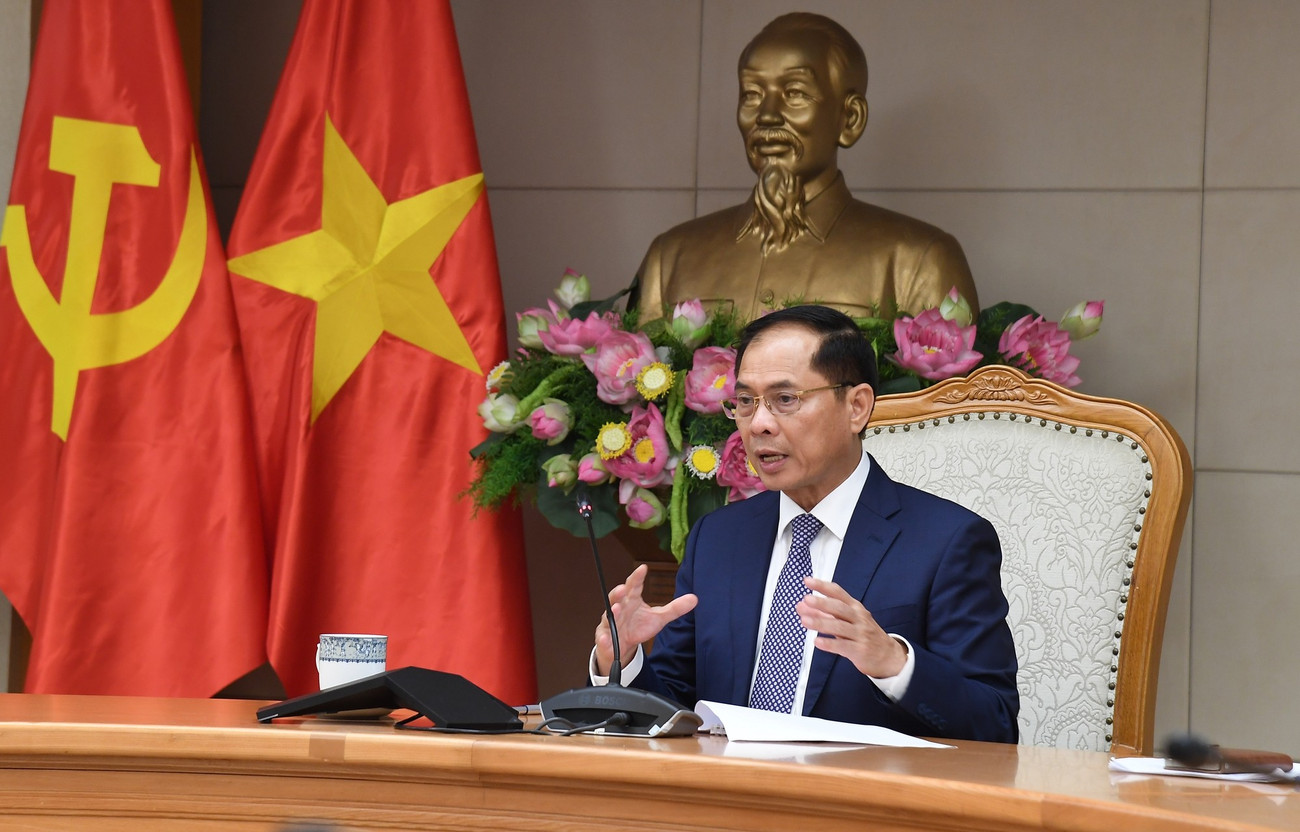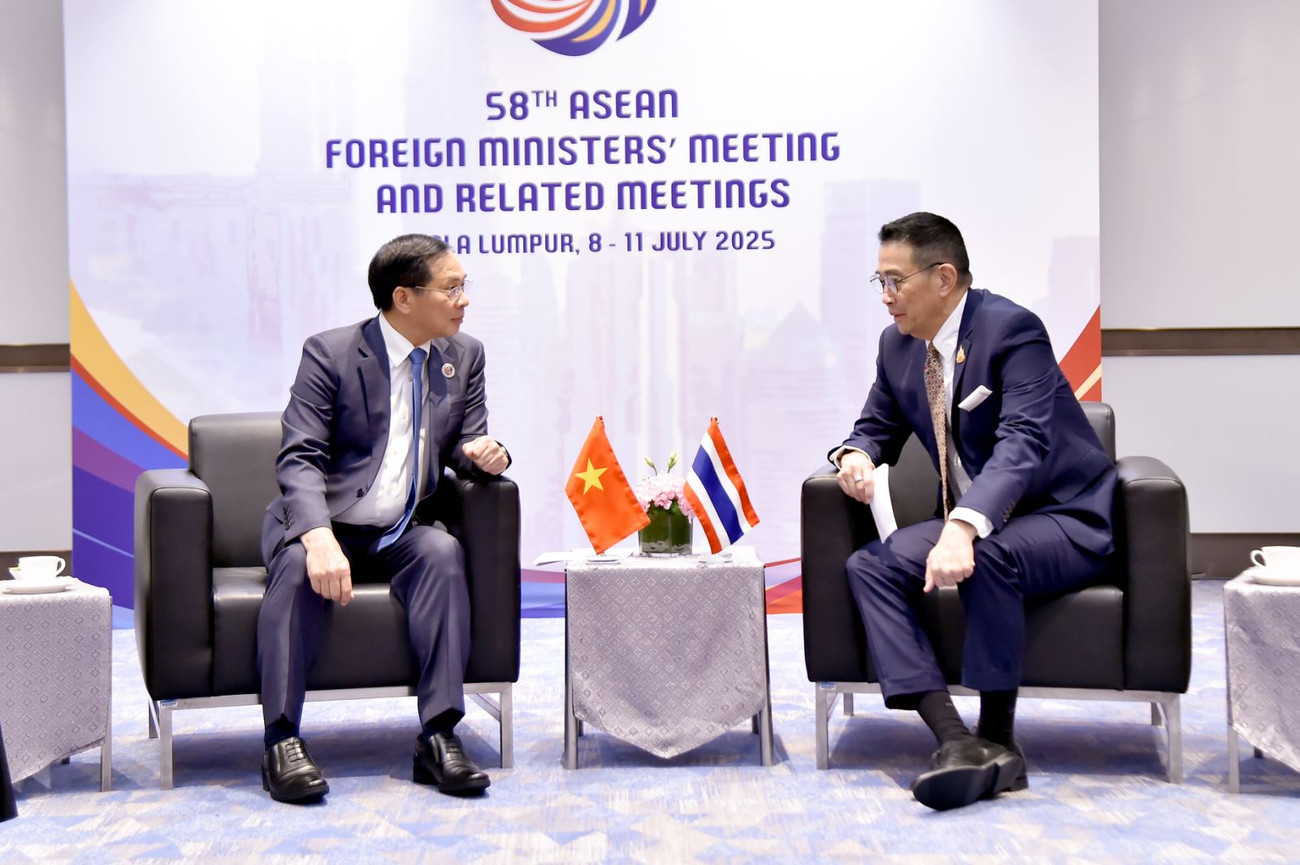MOIT VIETNAM | The RCEP is beneficial to both the Vietnamese and Laotian economies.
/ News / Activities
The RCEP is beneficial to both the Vietnamese and Laotian economies.
It is estimated that the vast majority of the 1.1 billion people who call the RCEP their home are now regarded to be members of the economically secure middle class in the area. This is as a result of the fact that, on a daily basis, people shell out around ten dollars (US) to pay for a range of different products and services, however the actual amount they spend may vary depending on their purchasing power. It is estimated that by the year 2035, the number of people who are deemed to be members of the middle class might possibly expand by as many as 27 million persons because to the collaboration that would have taken place.
It is anticipated that the percentage of the population that belongs to the middle class would rise at a rate that is fastest in 2035 in the countries of Laos (1.72%), Vietnam (1.59%), Indonesia (1.35%), and China (1.31%). It is anticipated that the wage gap that now exists between men and women, notably in Southeast Asia, would narrow over the course of time. This is particularly the case in the region. To begin, a greater proportion of the workforce in the majority of the fields that stand to gain the most from the collaboration is comprised of women. This is the case in the majority of the fields. This is the case in a wide variety of academic fields. This includes the textile and garment manufacturing industries, as well as the electrical and service sectors, such as tourism and transportation.
The partnership is now made up of a total of fifteen different persons as members. These folks consist of the 10 countries that are a part of the Association of Southeast Asian Nations (ASEAN), in addition to the five large economies of Australia, China, Japan, Korea, and New Zealand, all of which have separate agreements with ASEAN.
This alliance links China, Japan, and Korea together for the very first time in a single free trade area, and as a result, it offers all three governments that are participating the possibility of enhanced integration into regional value chains. Members who hail from countries that are still in the process of modernization would also be eligible for assistance from the organization. There is a possibility that Cambodia will be able to increase the quantity of electrical gear and equipment that it sells to Japan by 36%, to China by 28%, and to Korea by 28%. These percentage increases are all possible outcomes.
The agreement, despite the fact that it has the potential to dramatically enhance growth and alleviate poverty, will be difficult to put into effect. This is in spite of the fact that it is able to carry out the action in question. The answer to this issue will consist of the removal of, or a significant decrease in, tariffs, which will result in a significant simplification of the situation. It will be more difficult to reduce non-tariff barriers and establish a single rule of origin, as well as to foster conditions in which exporters may take full advantage of these rules without incurring excessive administrative expenses.
Additionally, it will be more difficult to reduce non-tariff barriers and establish a single rule of origin. In addition to this, it will be harder to cut down on non-tariff barriers and create a unified rule of origin. In addition, the elimination of non-tariff obstacles and the formulation of a singular rule of origin will be a great deal more challenging. To get the most out of the collaboration, the members of the alliance need to invest money in trade facilitation measures and work toward minimizing the regulatory barriers that stand in the way of doing business on a global scale. This will allow them to get the most out of the cooperation.
-
/ News / Activities
Prime Minister Pham Minh Chinh’s Strategic Visit to Laos Marks New Chapter in Bilateral Relations
Prime Minister Pham Minh Chinh’s official visit to the Lao People’s Democratic Republic and his co-chairmanship of the 47th meeting of the Vietnam–...
-
/ News
Deepening Cooperation, Strengthening Regional Unity
On the afternoon of July 28, 2025, at the Government Headquarters in Hanoi, Deputy Prime Minister and Minister of Foreign Affairs of Vietnam, Mr. B...
-
/ News / Activities
Vietnam and Laos Accelerate Toward Deeper Regional Integration and Unprecedented Trade Growth
In an era where regional connectivity and economic resilience are critical pillars for national development, Vietnam and Laos are emerging as a mod...



.PNG)
.PNG)
.PNG)


